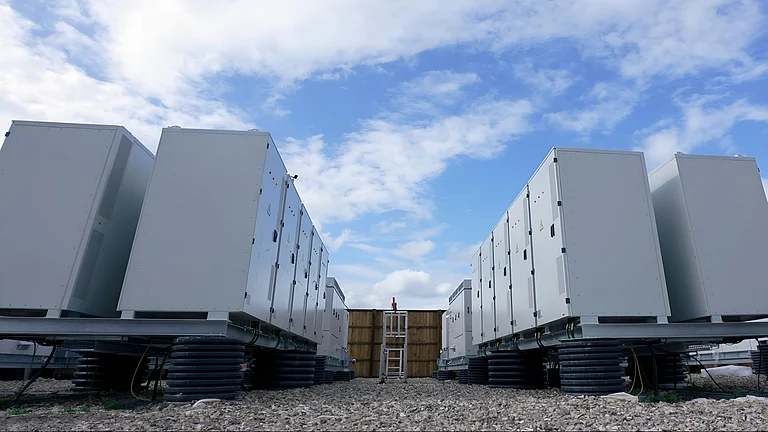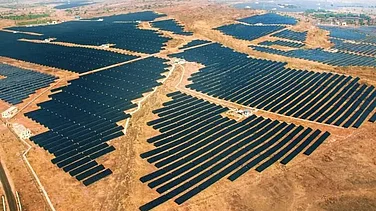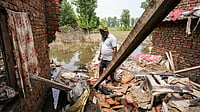Scientists of India and United Kingdom (UK) have joined hands to conduct research on the Chamoli disaster of 2021 in Uttarakhand as reported in Eurasia Review. The Rs 110mn research project is funded by the Natural Environment Research Council, a part of UK Research and Innovation. It will focus on the 150km stretch of the Ganga river covering the Rishiganga-Dhauliganga catchment area.
The three-year long project, named SUPERSLUG after the huge masses of debris created by such natural disasters, will use data gathered through drones and satellite images of the disaster to monitor the changes in the landscape and river basin. They will forecast the long-term impact of debris flow during such disasters.
The research will be led by the UK’s University of Plymouth, along with experts from the universities of Exeter, Hull, Leeds, Newcastle and Staffordshire, Canada’s University of Calgary. Indian Institute of Technology (IIT), Roorkee and the Wadia Institute of Himalayan Geology (WIHG), Dehradun from India will also participate in the study, according to Eurasia Review.
It is set to start in November with the first team visiting the Chamoli district.
“We urgently need to understand their effects on river catchments and the communities that rely on them for water, power and their livelihoods more generally,” project lead Matt Westoby, Associate Professor of Physical Geography at the University of Plymouth, said as quoted in the report.
He adds that high mountain regions like the Himalayas are among the most active and most hazardous. Westoby says that climate change will only exacerbate that hazard leading to intense monsoons, increased landslide activity and the retreat of glacial ice cover.
Using the data, the research team will create and test numerical models to determine the potential location, time and mode of long-term effects of previous and future extreme events. To investigate the debris flow, they will also make use of seismic sensors and automated water-level monitoring.
The Disaster
The deadly ice-rock mass avalanche that led to flash floods in Chamoli district of Uttarakhand, on February 7, 2021, killed over 200 people and destroyed hydro power projects including the 13.2 MW Rishiganga power plant and the 520 MW Tapovan-Vishnugadh hydel power project.
The disaster had sparked global scientific interest with scientists, both in India and abroad, perusing satellite imagery and making field visits to the site to determine the cause of the disaster.
One study conducted after a year by a group of scientists from WIHG, Dehradun found that the region was seismically active before the event. It highlighted the need of an integrated early warning system to alert people towards the mitigation of any impending disaster.






























